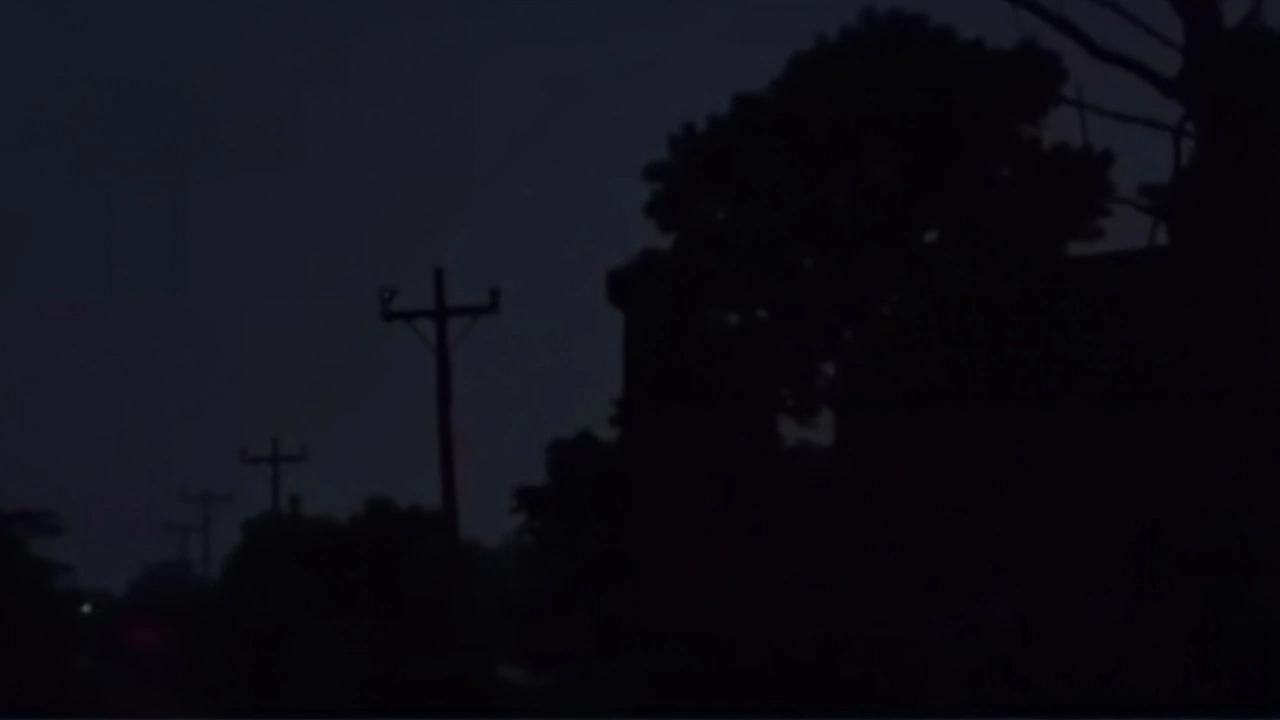Ceasefire Between India and Pakistan Sparks Blackouts and Renewed Tensions Along Border Regions
 May, 12 2025
May, 12 2025
Ceasefire Announcement Met With Immediate Turbulence
On May 11, 2025, hopes briefly soared along the India-Pakistan border when both countries announced a ceasefire. But that optimism didn’t last long—within hours, the fragile agreement was tested by a fresh wave of violence and mounting paranoia in border towns like Barmer, Rajasthan. What started as cautious optimism quickly dissolved. Villages that had moments earlier celebrated peace found themselves back in the throes of blackouts and military drills as reports of drone activity and cross-border shelling rolled in.
Only hours after the ceasefire was supposed to go into effect, the Indian military reported fresh artillery attacks in the Jammu region. Residents of Barmer, on high alert, relayed sightings of drones near their skies—an unsettling trend given recent incursions. Authorities wasted little time, ordering immediate blackouts to shield the area from being targeted at night. Social media flared up with rumors of Indian forces intercepting Pakistani drones, though officials quickly chalked those up as false alarms. Still, the mood in Barmer was tense and jittery. Soldiers lined the streets and checkpoints multiplied, with every eye scanning the night sky.
Blackouts, Airstrikes, and the Human Cost
The truce was supposed to put a dent in the decades-old cycle of violence but instead seemed to usher in a new, unpredictable phase. In Srinagar and Amritsar, air defense teams took up positions, bracing for further violations of the ceasefire. Both Indian and Pakistani officials pointed fingers as minor incidents threatened to snowball into something much bigger. Military spokespeople hammered home one point: any further breach would be met with a fierce response. India’s defense ministry stressed that the country was fully prepared to retaliate against any threat to its sovereignty.
Amid the rising tension, the tragic loss of Air Force jawan Surendra Kumar cast a pall over the proceedings. Kumar, hailing from Jhunjhunu, fell victim to a Pakistani airstrike in Jammu, providing a stark reminder for everyone of the conflict’s cost. Local leaders, wrestling with a mix of relief and anxiety, urged continued vigilance. Residents voiced that while the temporary peace felt like a break from the chaos, no one dared to let their guard down—not after watching ceasefires crumble in the past.
The rocky rollout of the ceasefire highlights just how delicate and unpredictable India-Pakistan ceasefire agreements have become. Entering into new understandings at the Line of Control or international border is a high-wire act, balancing hope with hard-earned suspicion. In towns like Barmer, neighbors huddle in darkened homes, listening for the sound of drones overhead, knowing that the promise of peace can unravel at any moment.